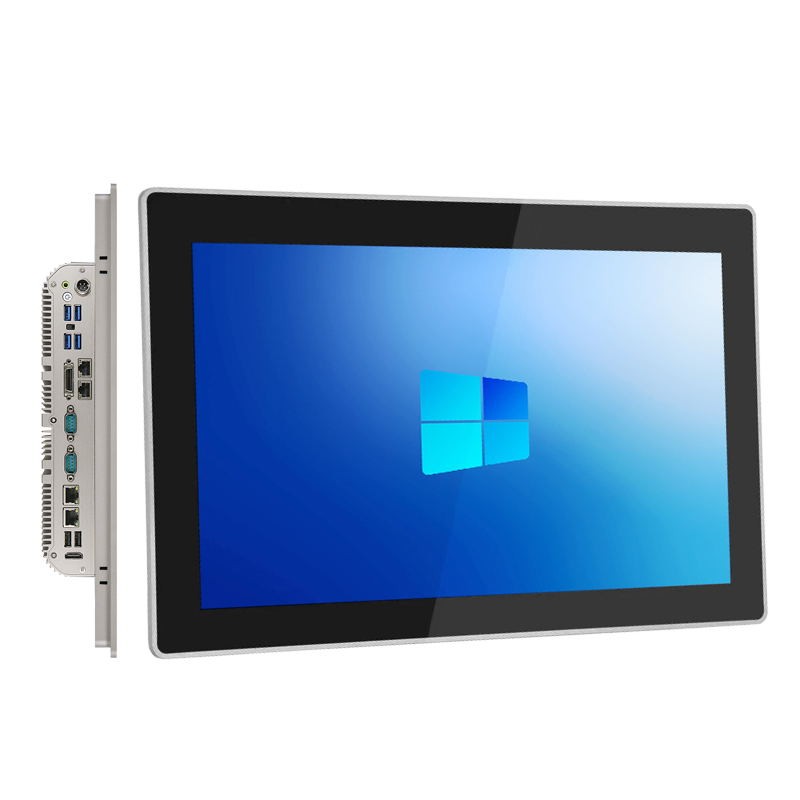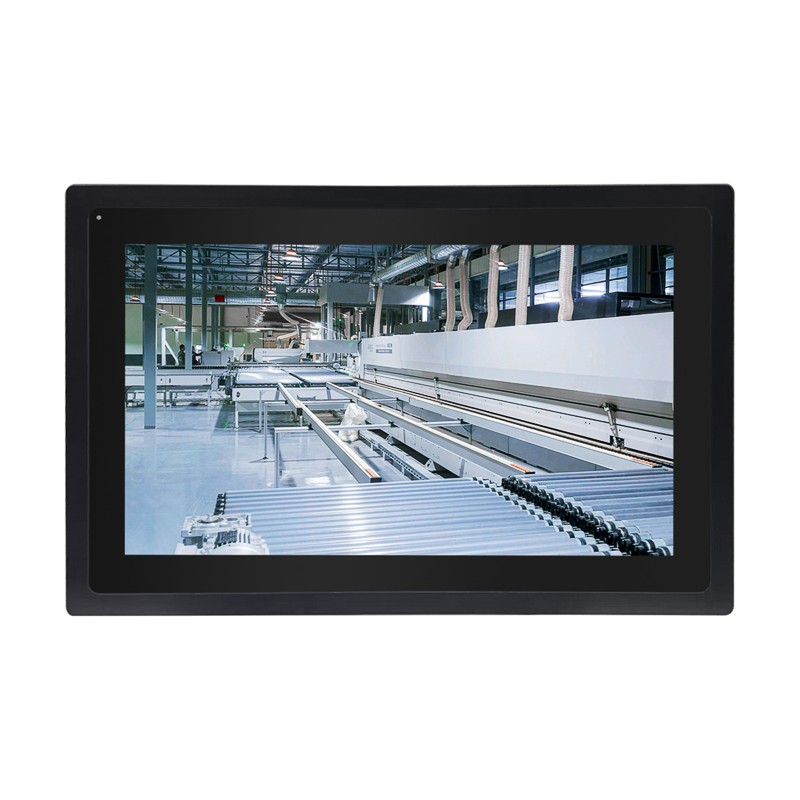Apr. 13, 2024
Choosing the best mini PC involves considering several factors such as performance, size, connectivity, expandability, and price. Here's a guide on how to choose the best mini PC for your needs:
Consider how you plan to use the mini PC. Are you primarily using it for basic tasks like web browsing, word processing, and multimedia consumption? Or do you need it for more demanding applications such as gaming, content creation, or software development? Understanding your usage needs will help you prioritize features and specifications accordingly.
Choose a mini PC with sufficient processing power, memory, and storage to handle your workload efficiently. Look for models with modern processors (such as Intel Core or AMD Ryzen), ample RAM (at least 8GB for basic tasks, 16GB or more for multitasking and demanding applications), and fast solid-state drives (SSDs) for quick boot times and application loading.
Mini PCs come in various sizes and form factors, ranging from compact stick PCs to small form factor (SFF) desktops. Consider the available space in your setup and whether you need a discreet or portable solution. Smaller form factors are ideal for space-constrained environments, while larger models may offer more expansion options.
Check the connectivity options available on the mini PC, including ports, wireless connectivity, and expansion slots. Look for models with a variety of ports such as USB, HDMI, DisplayPort, Ethernet, audio jacks, and card readers to connect peripherals, displays, and external devices. Built-in Wi-Fi and Bluetooth support are also convenient for wireless connectivity.
Consider whether the mini PC offers options for expandability and upgradeability to accommodate future needs. Look for models with accessible internals, upgradeable components (such as RAM and storage), and expansion slots (such as M.2 slots or PCIe slots) for adding additional storage, graphics cards, or other expansion cards.
Ensure that the mini PC is compatible with the operating system (OS) you intend to use, whether it's Windows, macOS, Linux, or Chrome OS. Some mini PCs come pre-installed with a specific OS, while others may offer compatibility with multiple operating systems or allow you to install your preferred OS.
Set a budget for your mini PC purchase and compare prices across different models to find the best value for your money. Consider factors such as performance, features, build quality, and brand reputation when evaluating the price-to-performance ratio. Look for sales, discounts, and bundle deals to maximize savings.
Research and read reviews of different mini PC models from reputable sources and user feedback from online retailers to gather insights into performance, reliability, and user experience. Pay attention to common complaints or issues raised by users and consider how they may affect your decision.
By considering factors such as usage needs, performance requirements, size and form factor, connectivity options, expandability, operating system compatibility, price, and user feedback, you can choose the best mini PC that meets your specific needs and preferences for a versatile and compact computing solution.
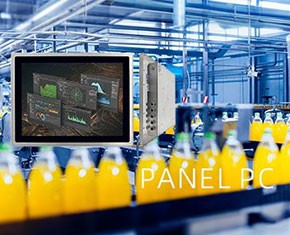
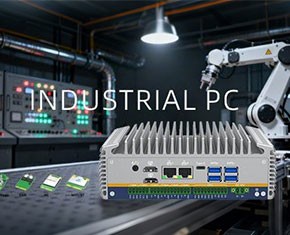
Custom Industrial Panel PCs for Specialized Applications
Nov. 21, 2025
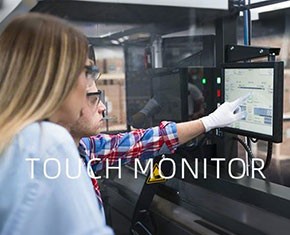
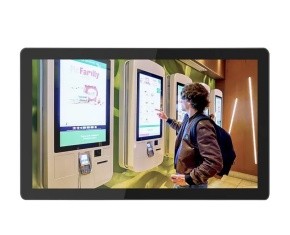
How Do Touchscreen Monitors Enhance Productivity?
Nov. 18, 2025
Industrial Panel PC IP69k Stainless Steel 304 Enclosure 7x24h
EETI waterproof solution, touch can work well with drop water on screen.
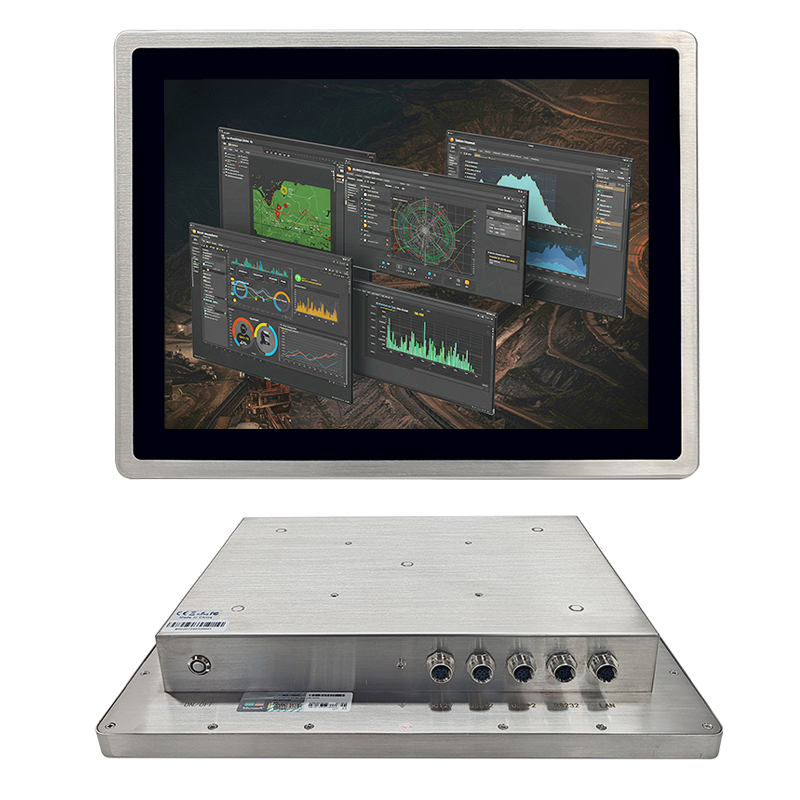

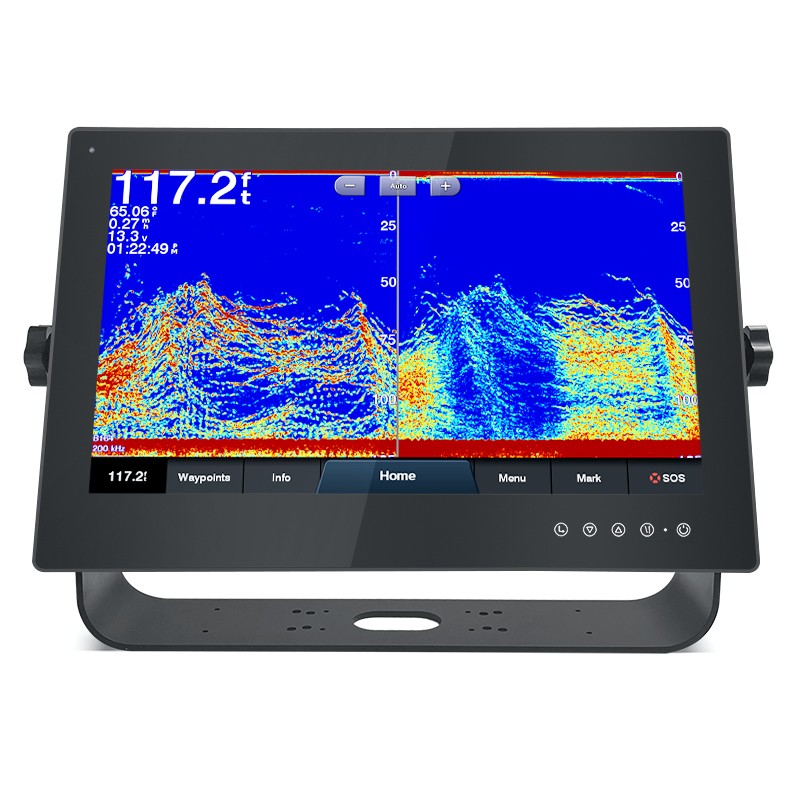
Intel Alder Lake 12th Processor Embedded Mini Computer 6COM 6USB
2*HD-MI,1*Type-C,support synchronous/asynchronous triple display.
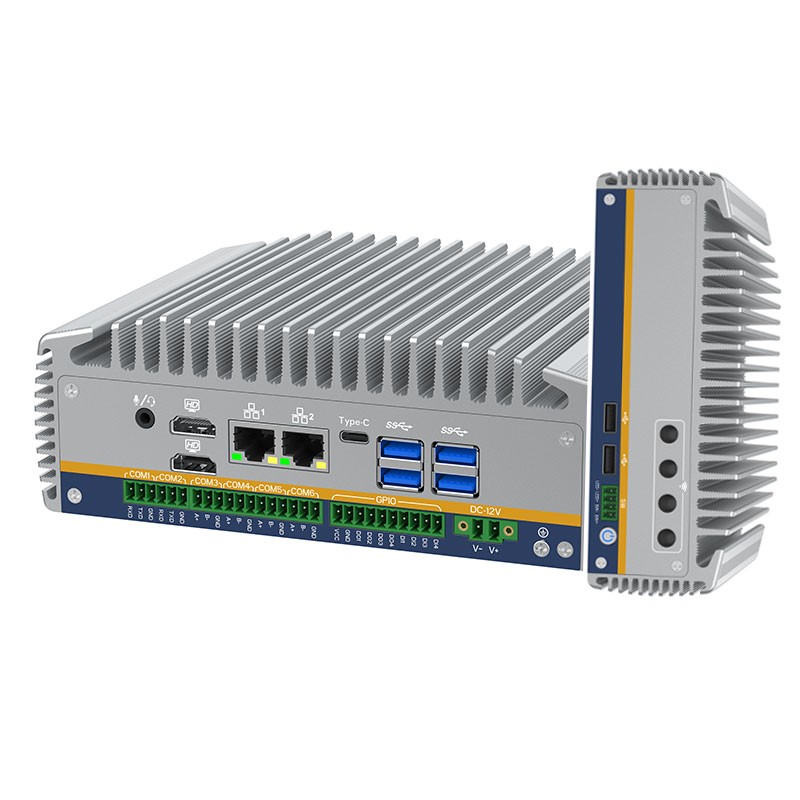
17 Inch Full IP67 Waterproof All In One Panel PC 12th Intel Core I3-1215U
17" 1280*1024 LCD Panel 1000nits, Optical bonding between touch screen and LCD screen
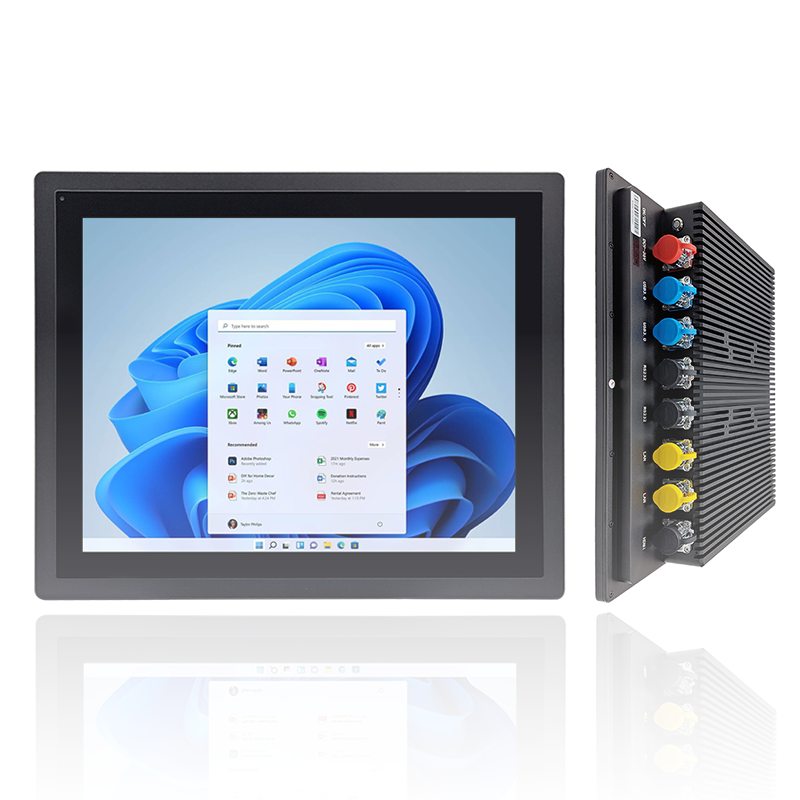
Industrial All In One PC Windows 11 pro SC800M
Intel 10th Celeron J4125/J6412 processor, optional Intel 8/10/11th Core i5/i7, support Windows 11.
